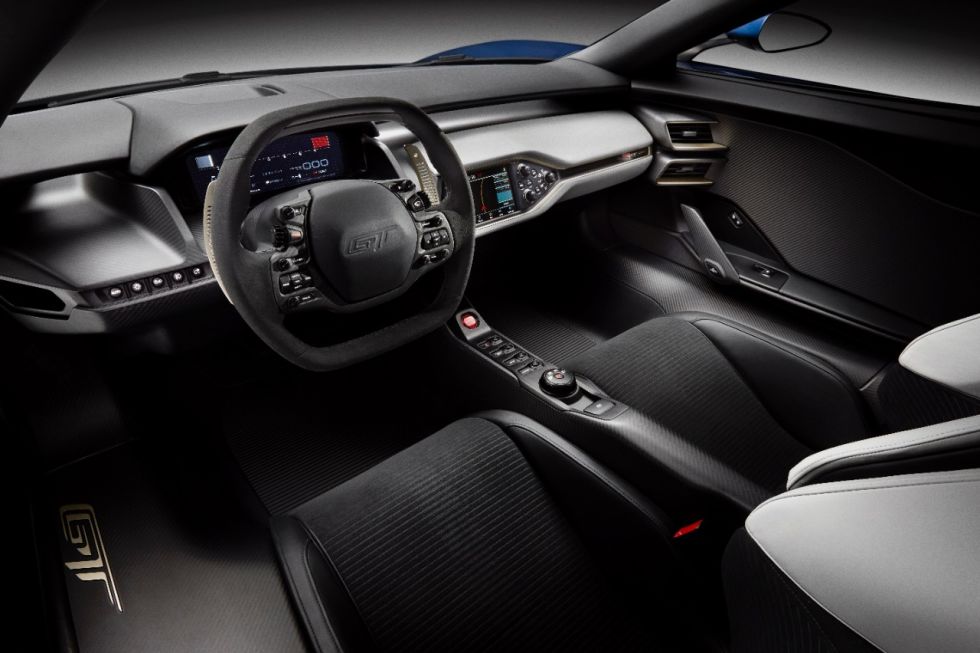Ford stunned the Detroit motor show with the its long-rumoured GT sports car, which will be launched in 2016.
This carbon-fibre sports car will mark 50 years since the company pulled off its 1-2-3 at Le Mans with the original GT40. So, 2016 is going to be an exciting year for all the sports car lovers.
More from its Press Release:
2017 Ford GT : A Carbon-fibre Sports Car
The new GT will head a renewed sports car range; Ford claims it will have a dozen new high-performance vehicles on sale by 2020, including the new Focus RS, F150 Raptor and Shelby GT350.
However, the new GT will be very much in tune with its times. No V8 engines here – just a ‘next-generation twin-turbocharged Ecoboost V6 producing more than 600 horsepower.’
No performance figures have been issued yet (we suspect the full story will dripfeed out over the coming 12 months), but those ponies will have their lives made easier by the lightweight spec of the GT.
It is made almost entirely from carbonfibre and lightweight aluminium, the company says, to keep mass at a minimum and boosting performance, handling and economy. Ford claims it will offer one of the best power-to-weight ratios of any production car.
Interestingly, the technology deployed on the new two-seat GT will eventually filter down across the rest of the range, officials claim.
Technical Specifications of the new GT
That 3.5-litre V6 is mounted amidships, for the classic supercar layout to echo the 1966 original’s. It is rear-wheel drive, naturally – no four-wheel drive here, just some hyper-sticky 21-inch Michelin Pilot Super Cup 2 tyres – and to help squash it into the tarmac there’s a deployable rear spoiler.
More amateur dramatics are witnessed with the doors, which are scissor-mounted in the best supercar tradition, lifting to showcase a very modern kind of sporting Ford cockpit.
Seats are fixed, so the F1-style steering wheel and pedals move to accommodate the drive. Ford has taken a leaf from one-time arch-rival Ferrari with its manettino; the GT’s wheel is festooned with minor controls and because there are no indicator stalks, there’s unimpeded access to the gearbox paddle shifts.
Instruments can be configured any which way, depending on the driving mode selected. It is already clear that the GT will be a very digital kind of supercar.
Sourced from – CAR Mag.
From it’s Press Conference (Video):





